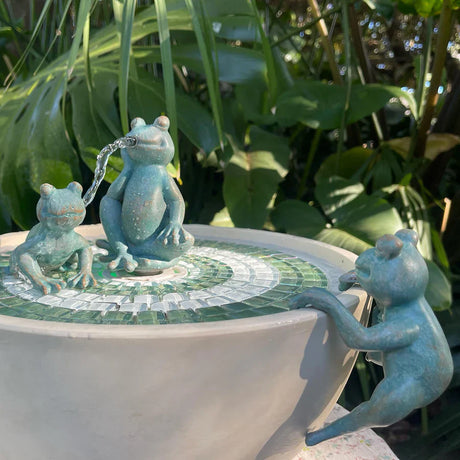
How To Keep Garden Fountains Clean
Garden fountains and features can quickly lose their appeal when algae and dirt build up. Water starts to look green, surfaces feel slimy, and unwanted smells develop. A water feature...

Garden fountains and features can quickly lose their appeal when algae and dirt build up. Water starts to look green, surfaces feel slimy, and unwanted smells develop. A water feature...
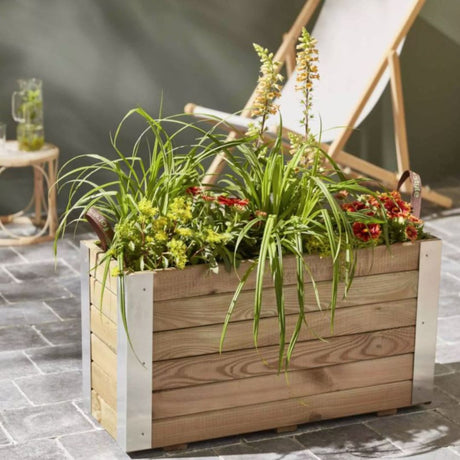
About Scots Pine Wood Scots pine, Pinus sylvestris, is the only native pine in the UK and Scotland’s national tree. The timber shows a light tone with reddish brown heartwood...
Read more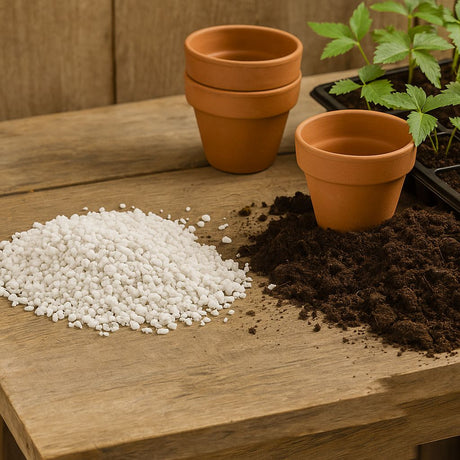
Learn what perlite is, how to use perlite in soil and compost, perlite vs vermiculite, and the benefits of perlite for plants.
Read more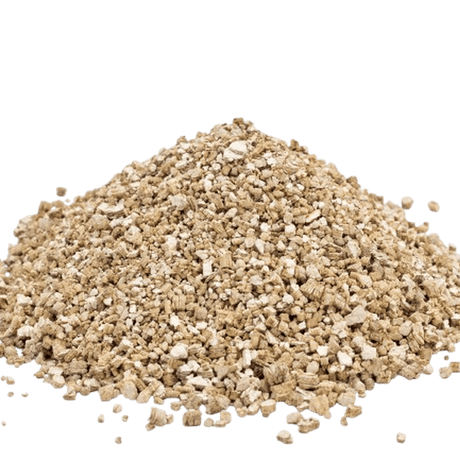
If you’re wondering what is vermiculite, how to use vermiculite in soil, or whether you can use vermiculite instead of perlite, you’re not alone.
Read more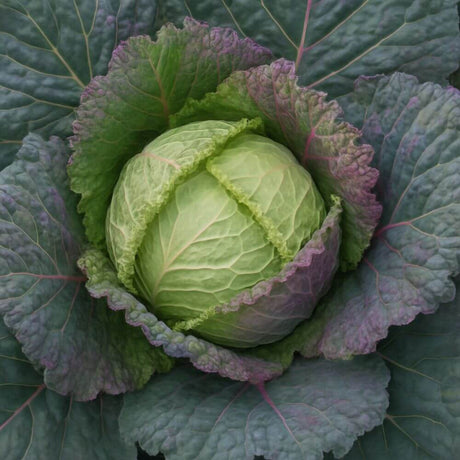
Best Types of Winter Cabbage for UK Gardens Savoy cabbage varieties such as Winter King, Tundra, and Savoy King are excellent choices for cold months as they sweeten after frost....
Read more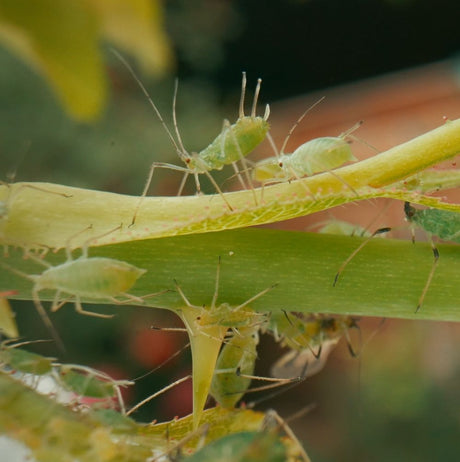
Greenhouses provide warmth and humidity, conditions that encourage rapid breeding. Populations can increase in just days, quickly spreading between plants.
Read more
Iron is one of the most effective nutrients for boosting grass colour. Our iron lawn treatment is designed to deliver visible greening within days, making it ideal for lawns that...
Read more
Gardening Naturally seaweed extract is a premium blend sourced from natural seaweed, manufactured in the UK with organic gardening in mind.
Read more
Aluzinc planters are outdoor metal planters made from steel coated with aluminium, zinc, and silicon. This coating protects the surface from rust and weathering, helping the planters stay strong and...
Read more
When summer arrives, greenhouse temperatures can rise quickly, creating stressful conditions for plants. Too much direct sunlight leads to overheating, wilting and dry soil, reducing growth and damaging delicate crops.
Read more
Making jam at home is a brilliant way to use seasonal fruit and enjoy something sweet that you've created from scratch. Whether you're making strawberry jam from your own garden...
Read more
Freeze tomatoes whole for up to six months Tomatoes are a favourite in British kitchens, but they often spoil before being used. Freezing whole tomatoes is a simple, practical method...
Read more
Potatoes are one of the most popular vegetables in UK kitchens, but if they are not stored correctly they can sprout, turn green or begin to rot. Knowing how to...
Read more